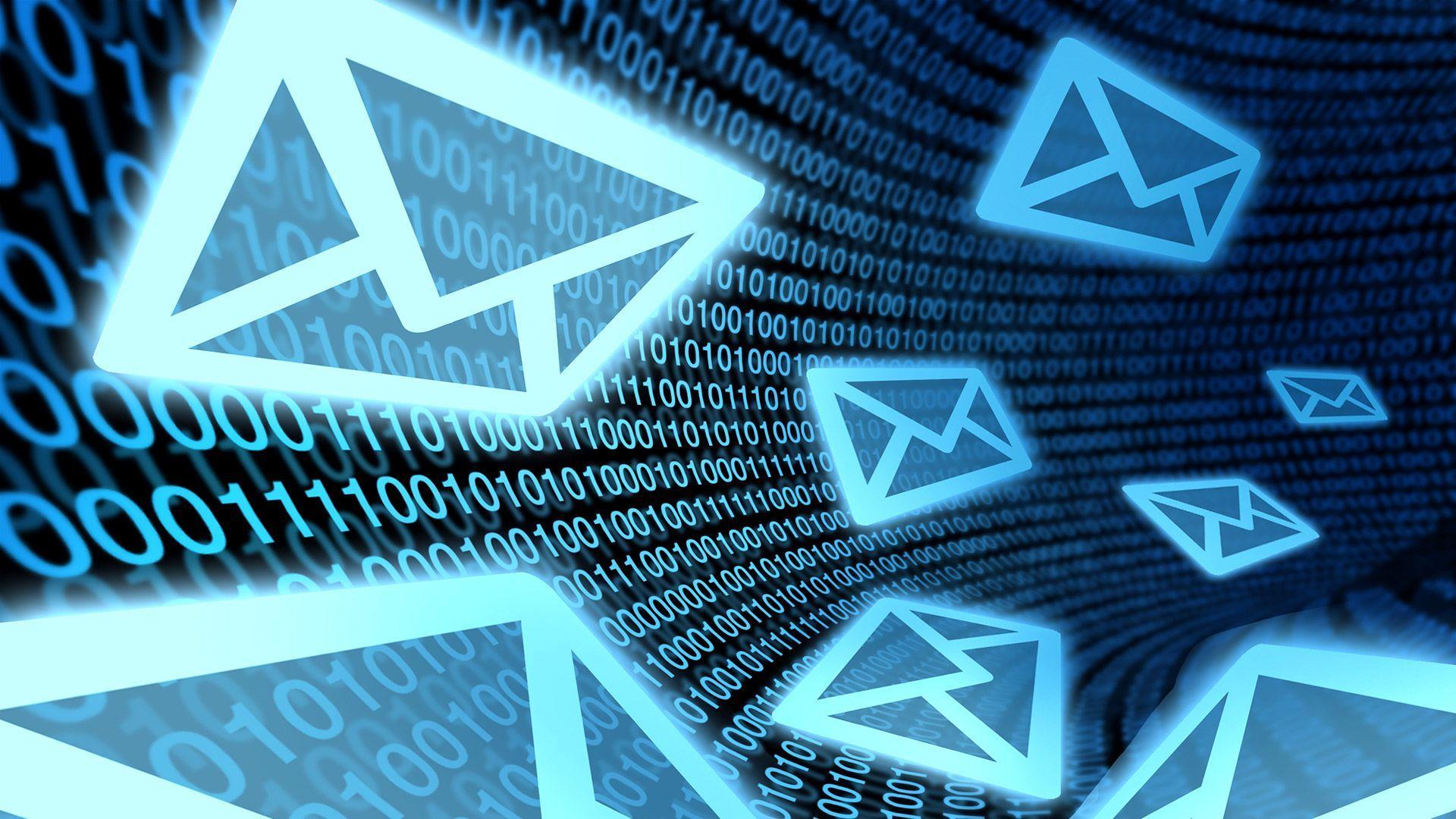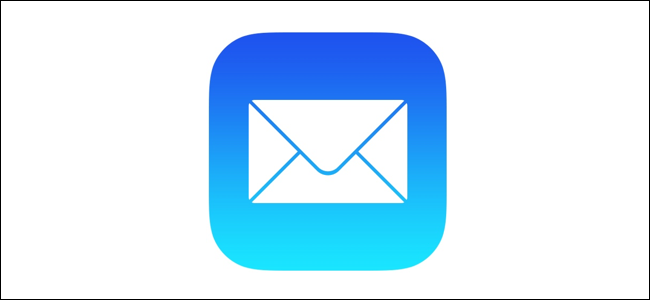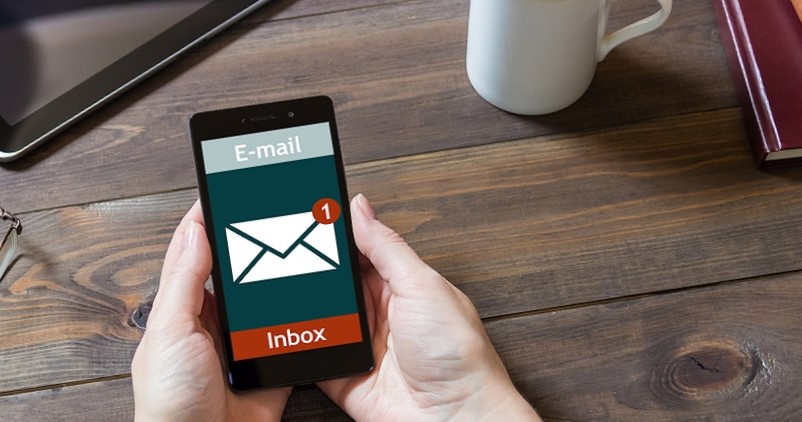
The Christmas holiday season is crucial for most ecommerce businesses and other online businesses.
Here are some ideas for your Christmas newsletter that will help boost sales and enhance your holiday marketing strategy:
1. Make your offers stand out
Christmas is a great time to send special offers and promotions because shoppers are buying gifts for friends and family.
That’s why it’s critical to include special offers in all seasonal emails. Get as many eyes on them as you can.
Create promotions to increase the average cart size when sending out promotional discounts and sales offers. This will exponentially increase ROI for increased traffic and conversions from other promotions, as each conversion is worth more!
2. Offer freebies to your subscribers
Brands always have something special for the holidays. It’s usually a sale on certain items, a coupon code, or a site-wide sale.
To stand out from the crowd, you must outdo their generosity. Give your customers a genuine gift.
3. Eliminate the fear of late deliveries
One of the main concerns of online Christmas shoppers is not receiving their gifts in time for the big day.
Including shipping time estimates and guaranteed delivery dates in your Christmas newsletters can help customers feel more secure about purchasing from you. In fact, 83% of consumers expect retailers to guarantee delivery dates.
So this Christmas, save your customers! Make their lives easier by assuring them that their carefully selected gifts will arrive in time for Christmas.
4. Turn up the holiday heat
To maximize the holiday shopping season, increase your newsletter frequency to increase the marketing pressure of your Christmas emails. This will ensure that your message reaches as many shoppers as possible before they start looking for gifts.
To encourage shoppers to buy, you need to increase the frequency of your email campaigns and create a sense of urgency.
5. Make use of Christmas newsletters to strengthen client relationships
Customers are essential for most businesses! Otherwise, your sales funnel is a revolving door, with no deeper customer loyalty, brand recognition, or repeat customers. Avoid this by using your Christmas newsletter to send a genuine message of gratitude to existing customers and subscribers.
6. Review the previous year and plan for the future
Christmas (and New Year’s) is a great time for businesses to reflect on the previous year and thank their loyal customers for their support. So why not do it in your Christmas newsletter, which is often the last communication sent to customers before the new year?
This strategy works well for nonprofits with a clear mission and a newsletter that updates readers on their progress.
However, Christmas newsletters can also be used to highlight your company’s achievements throughout the year.
Reflecting on the past year naturally leads to planning for the future. This is a great strategy because it makes your customers feel like they are part of your organization and keeps them “in the loop”.
Verdict
You can now enjoy the holiday season without worrying about your email marketing strategy!





